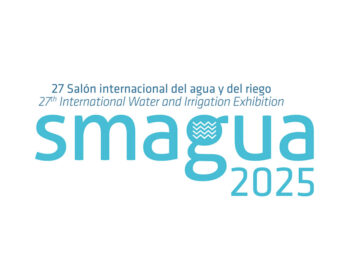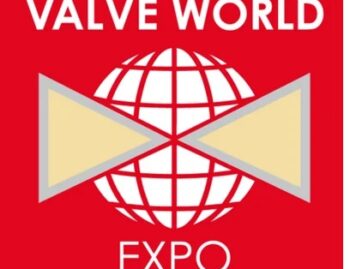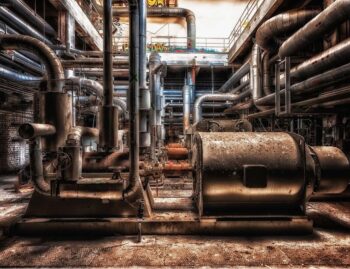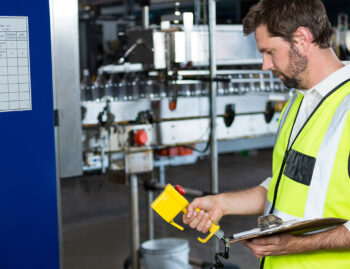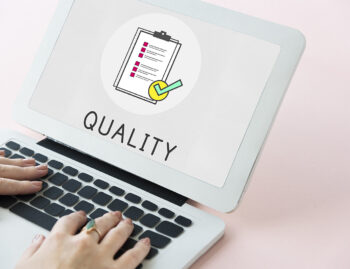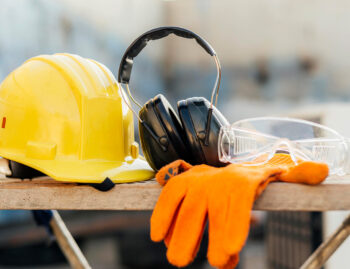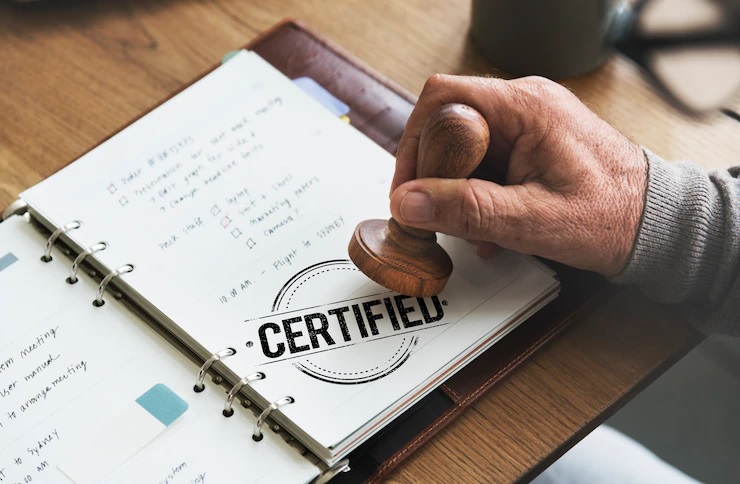
Safety and relief valves must comply with various norms and standards around the world to ensure their quality, safety and performance. Below is a list of some of the most recognised standards and a brief explanation of each, along with the countries where they are applicable:
API Standard 526 (American Petroleum Institute): This standard establishes the requirements for safety and relief valves used in the oil and gas industry. It is mainly applicable in the United States, although its influence extends internationally due to the importance of this industry.
ASME Section VIII Standard (American Society of Mechanical Engineers): This standard applies to safety and relief valves used in pressurised equipment and systems in various industries. It is widely recognised worldwide and is especially relevant in the United States.
Pressure Equipment Directive (PED) 2014/68/EU: The PED is a European directive that sets out requirements for pressure equipment, including safety and relief valves. It is applicable in the member states of the European Union and aims to ensure the safety of equipment used in various industrial sectors.
EN ISO 4126 (European Committee for Standardization): This European Standard specifies requirements for safety and relief valves used in industrial applications. It provides guidelines on the design, manufacture, inspection and testing of these valves. It is applicable in the countries of the European Union and in those countries that follow European standards.
JIS (Japanese Industrial Standards): Established by the Japan Industrial Standards Agency, the JIS standard covers a wide range of products, including safety and relief valves. It is widely adopted in Japan and is considered an important standard in the country.
GB (Guobiao) Standard (Standardization Administration of China): The GB standard is the set of national standards used in China. It includes specifications for safety and relief valves used in various industrial applications in the country.
ANSI/ISA-84 (American National Standards Institute/International Society of Automation) standard: This standard focuses on the functional safety of safety instrumented systems, including safety and relief valves. It establishes requirements and guidelines for the design, operation and maintenance of these systems. It is widely used in the United States and is also recognised internationally.
ISO 4126-1 (International Organization for Standardization): This International Standard specifies requirements for safety and relief valves used in pressurised equipment. It defines aspects related to the design, testing and selection of these valves. It is applicable in several countries around the world and is recognised as a quality standard.
AS 1271 (Standards Australia): This Australian Standard sets out the requirements for safety and relief valves used in pressure equipment and systems. It provides guidelines on the design, manufacture and testing of these valves. It is applicable in Australia and is widely followed in the local industry.
Standard GOST-R (Gosudarstvennyy Standart): This Russian standard applies to safety and relief valves used in the Russian Federation. It defines the quality and performance requirements for these valves, ensuring their compliance with national regulations and standards.
CSA Standard B51 (Canadian Standards Association): This Canadian standard establishes requirements for safety and relief valves used in pressure equipment and systems in Canada. It defines design, manufacturing and testing criteria to ensure the safety and performance of these valves in various applications.
KS Standard (Korean Standards Association): The KS standard is the set of standards used in South Korea. It includes specifications for safety and relief valves used in different industries in the country. Complying with the KS standard ensures the quality and performance of these valves according to local standards.
Norma NBR (Associação Brasileira de Normas Técnicas): This Brazilian standard establishes the requirements for safety and relief valves used in Brazil. It defines aspects related to the design, manufacture and testing of these valves, ensuring their quality and compliance with national regulations.
IRAM Standard (Argentine Institute for Standardisation and Certification): The IRAM standard is the set of standards used in Argentina. It includes specifications for safety and relief valves used in different industrial sectors in the country. Complying with the IRAM standard guarantees the quality and performance of these valves according to local standards.
It is important to note that in ZAES We only give a few examples of the most common norms and standards. In addition to these, there are other regional, national and international standards that may also be applicable depending on the geographical location and specific industry.
Complying with these norms and standards ensures that safety and relief valves are designed, manufactured and tested according to stringent technical requirements, ensuring their quality, safety and performance in a variety of applications and operating environments.
Don't compromise the safety of your personnel and equipment. Rely on ZAES safety and relief valves to protect your operations and meet the highest industrial safety standards.
Don't let security be a concern! At ZAES, we are here to help you keep your operations safe, reliable and efficient.
Contact us today and find out how our safety and relief valves can make a difference to your industry and your business.
